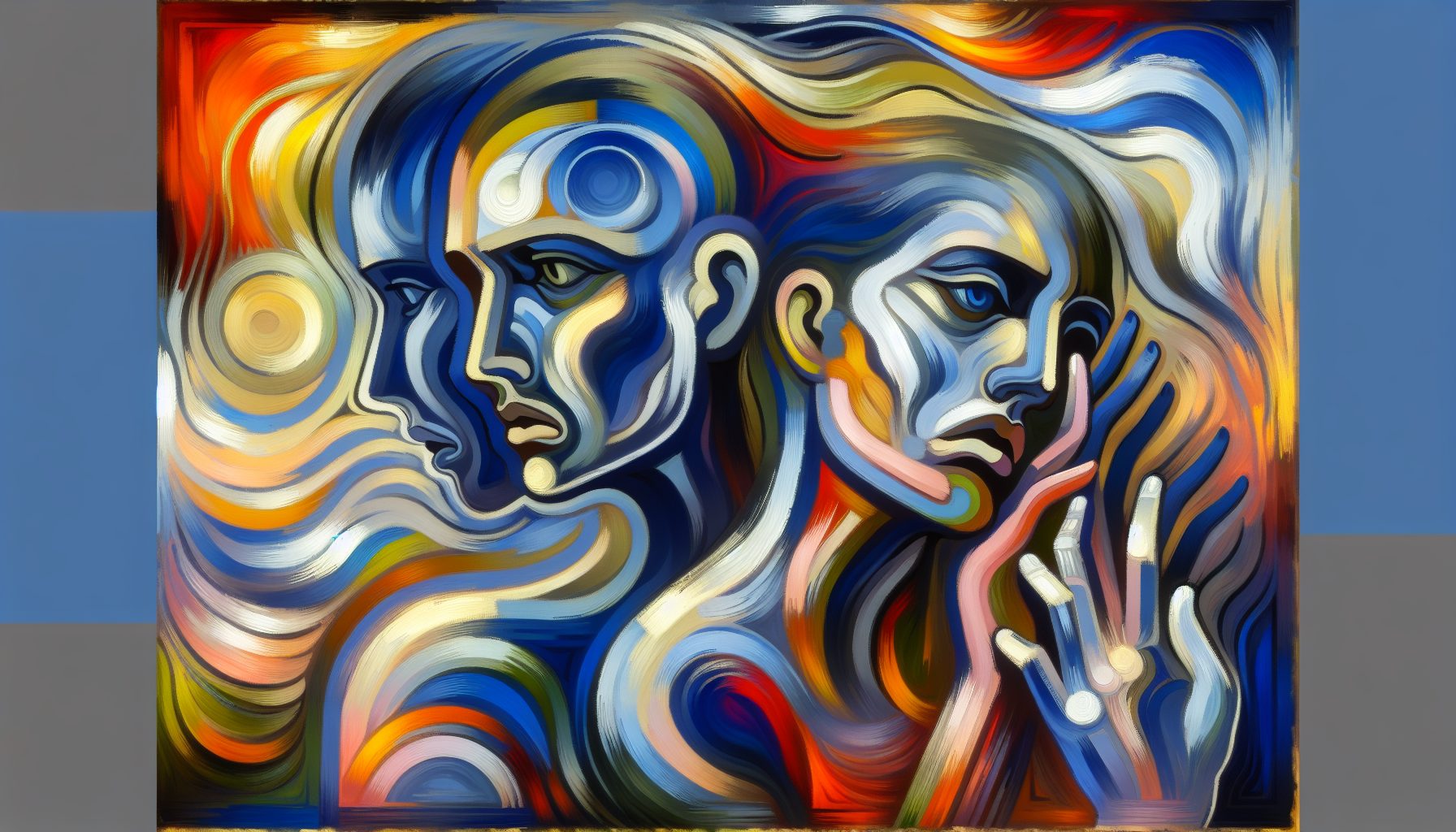Understanding the James-Lange Theory: How Our Emotions Are Shaped by Physical Sensations

The James-Lange theory is a significant psychological concept that has shaped our understanding of emotions and their relationship with our physical responses. This theory, proposed by psychologists William James and Carl Lange, suggests that our emotions are a result of our physical reactions to stimuli, rather than the cause of them. In this article, we delve into the intricacies of the James-Lange theory and how it impacts our daily lives.
What is the James-Lange Theory?
The James-Lange theory is a hypothesis on the origin and nature of emotions. The theory asserts that a stimulus triggers a physiological response, and our interpretation of this response then leads to our emotional experience. In other words, we do not tremble because we are afraid; we are afraid because we tremble.
How Does the James-Lange Theory Work?
According to the James-Lange theory, the process of experiencing an emotion involves a sequence of events. Here’s a simplified breakdown:
- A stimulus is perceived (for example, a snake).
- The body responds with physiological changes (such as increased heart rate).
- The brain interprets these physical changes as a specific emotion (fear).
This theory suggests that different physiological responses correspond to different emotions. For instance, the physical changes associated with anger might differ from those linked to happiness.
Examples of the James-Lange Theory in Action
Consider a scenario where you’re walking in a forest and suddenly spot a bear. According to the James-Lange theory:
- Your body would first react to the sight of the bear, perhaps by increasing your heart rate, dilating your pupils, and initiating a rush of adrenaline.
- Next, your brain would interpret these physical changes, concluding that you’re experiencing fear.
Thus, your emotional response (fear) is a direct result of your physical reactions, not the other way around.
Support and Criticism for the James-Lange Theory
The James-Lange theory has been both supported and criticized by various studies. Some research supports the theory by showing that people who are unable to experience physiological arousal due to spinal cord injuries report a decrease in emotional intensity. This suggests a link between physical responses and emotional experiences.
However, critics argue that the theory is too simplistic. They point out that different emotions can elicit similar physiological responses, making it difficult to distinguish between them based solely on physical reactions. For example, fear and excitement can both cause an increased heart rate.
Implications of the James-Lange Theory
Despite the criticisms, the James-Lange theory has had a profound impact on psychology and our understanding of emotions. It has influenced therapies that focus on changing physical responses to alter emotional states, such as biofeedback and relaxation techniques.
Moreover, the theory has implications for our everyday lives. It suggests that by consciously altering our physical state—through deep breathing, for example—we might be able to change our emotional experience.
Conclusion
The James-Lange theory offers a unique perspective on the relationship between our physical sensations and emotions. While it may not provide a complete explanation for all emotional experiences, it has undoubtedly contributed to our understanding of the complex interplay between our bodies and minds.
By understanding the James-Lange theory, we can better comprehend our emotional responses and potentially harness this knowledge to improve our emotional well-being.

